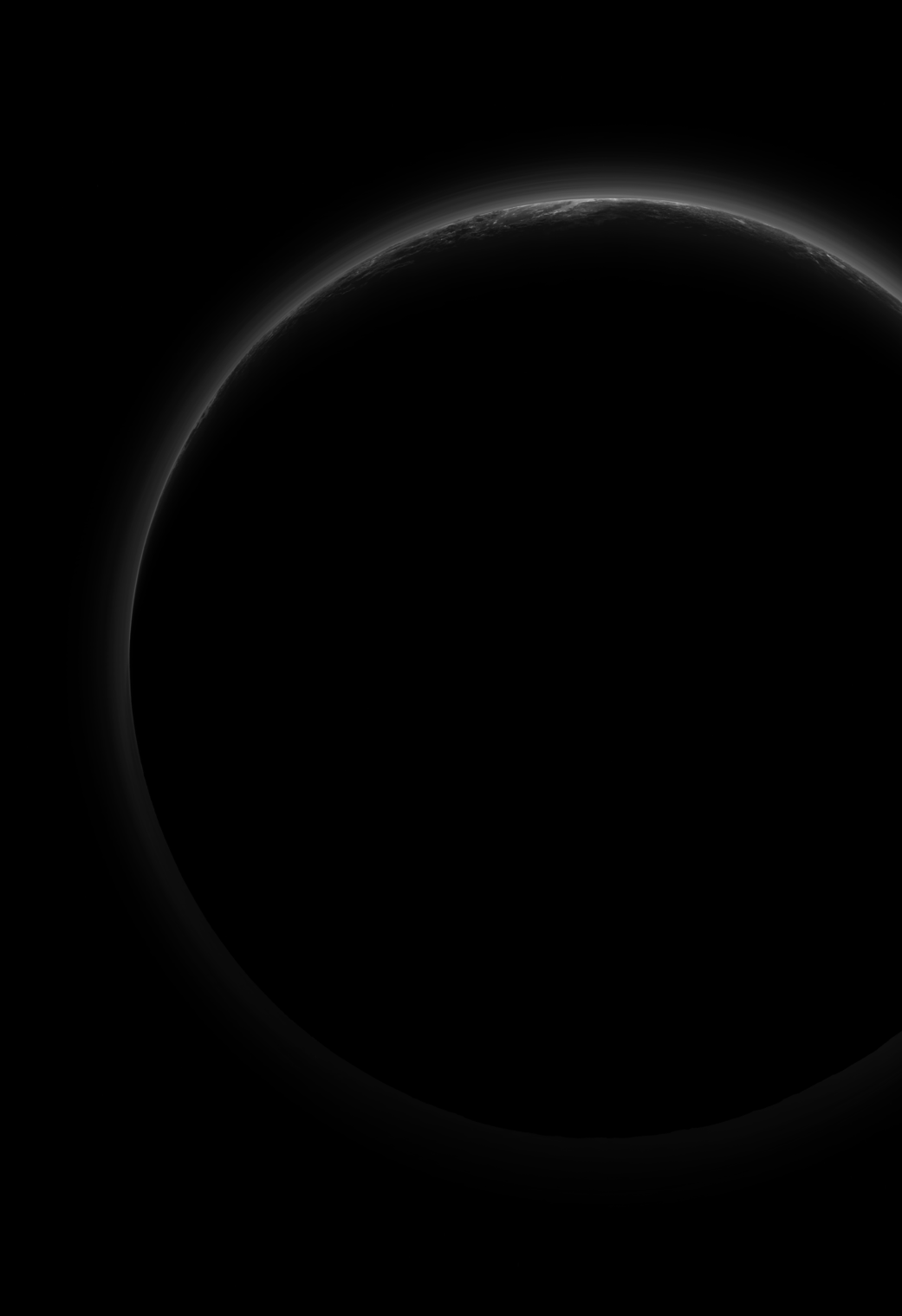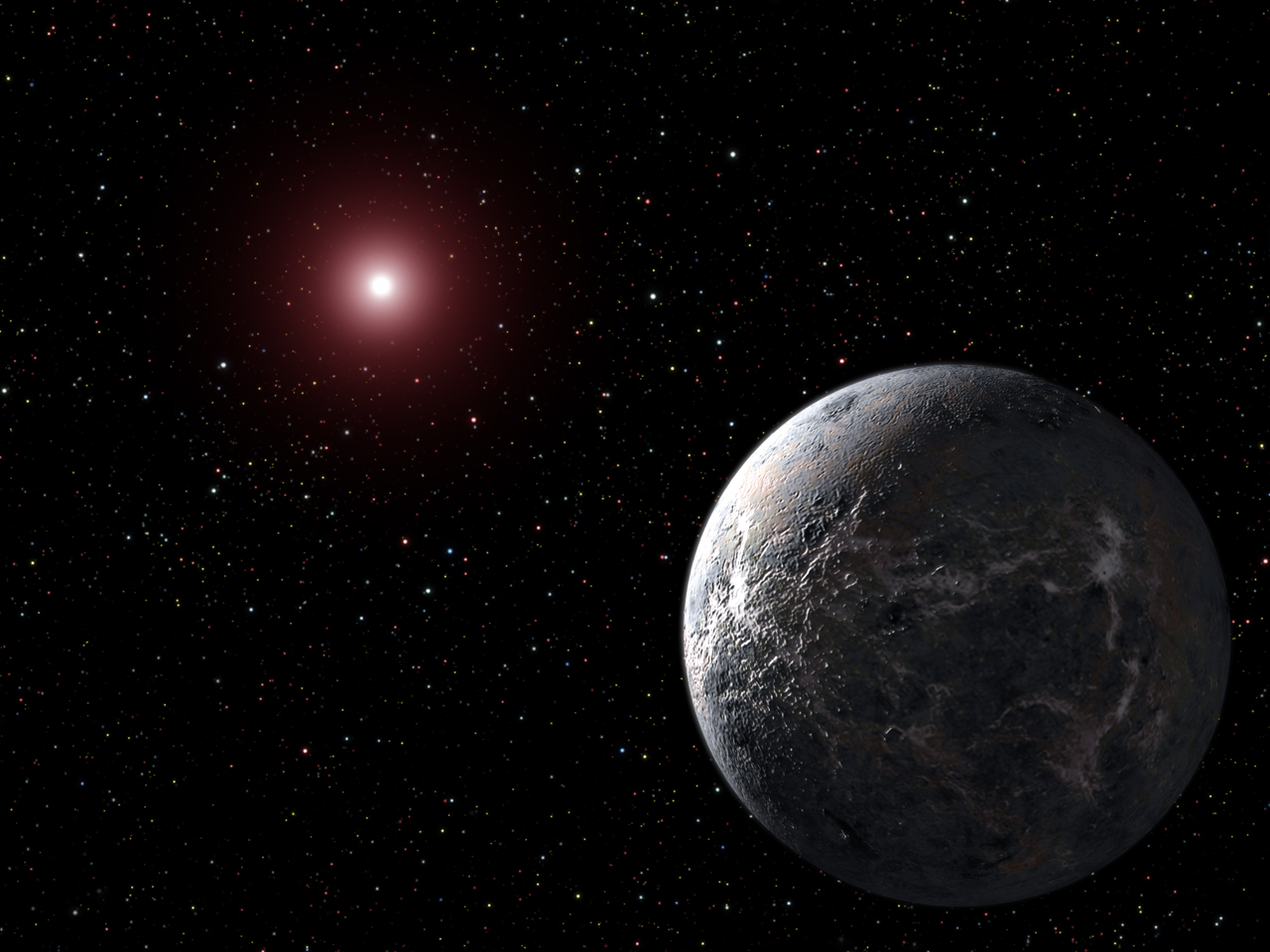Header by Rory Midhani
1. Europa

The temperature on Europa averages about -260F (-160C) near the equator and -370F (-220C) at the poles. Jupiter’s magnetosphere blasts its moon with high-energy radiation in the megaelectron volt (MeV) range, and the thin oxygen atmosphere is too tenuous for humans to breathe. That said, the oceans underneath Europa’s icy crust lead many to consider Europa one of the best potential sources for extraterrestrial life in our solar system.
Oh? A non-zero possibility for intelligent life, you say? Sold.
2. The Dark Side of Pluto

I was originally going to suggest the dark side of the moon, but historically, it’s been a total old boy’s club. In contrast, no men have ever set foot on Pluto, which makes it an unspoiled wonderland. Despite the estimated atmospheric winds of 225mph, a surface pressure about three times that of Earth’s, and scientists complimenting the planet by saying things like, “Whether there are other environmental dangers like volcanoes or geysers, we just don’t know.”
3. OGLE-2005-BLG-390L

Space.com describes OGLE-2005-BLG-390L b: “With a surface temperature of -364 degrees Fahrenheit (-220 degrees Celsius), the extrasolar planet known as OGLE-2005-BLG-390L b is likely the coldest alien world. It is about 5.5 times as massive as Earth and thought to be rocky. It orbits a red dwarf star about 28,000 light-years away, making it the most distant exoplanet currently known.”
Yes, that’s right. This is literally the farthest place away from Earth that we know of. Pack your bags.
4. The Sun

In contrast, here’s one close to home! But not too close. About 93,000,000 miles away, on average.
5. Exoplanet HD 189733b

NASA: “The weather on this world is deadly. Its winds blow up to 5,400 mph (2 km/s) at seven times the speed of sound, whipping all would-be travelers in a sickening spiral around the planet. And getting caught in the rain on this planet is more than an inconvenience; it’s death by a thousand cuts. This scorching alien world possibly rains glass—sideways—in its howling winds. The cobalt blue color comes not from the reflection of a tropical ocean, as on Earth, but rather a hazy, blow-torched atmosphere containing high clouds laced with silicate particles.”
I mean, honestly, it still sounds better than here.
Notes From A Queer Engineer is a recurring column with an expected periodicity of 14 days. The subject matter may not be explicitly queer, but the industrial engineer writing it sure is. This is a peek at the notes she’s been doodling in the margins.








